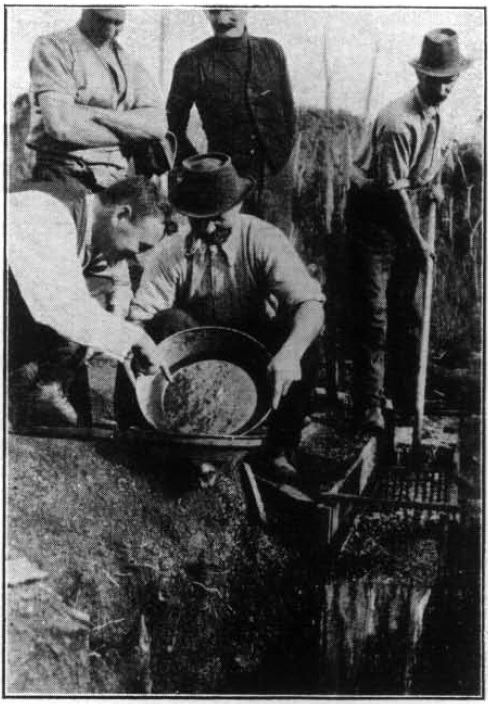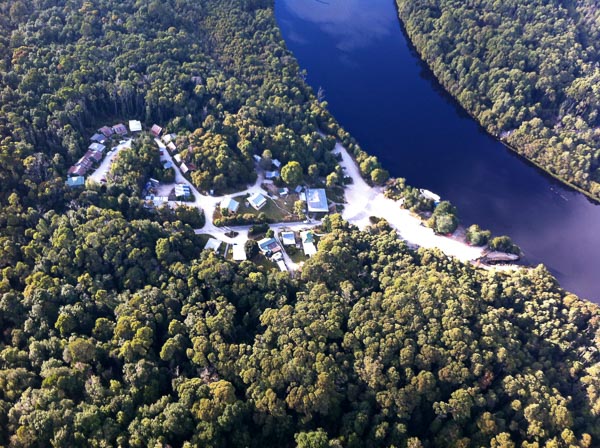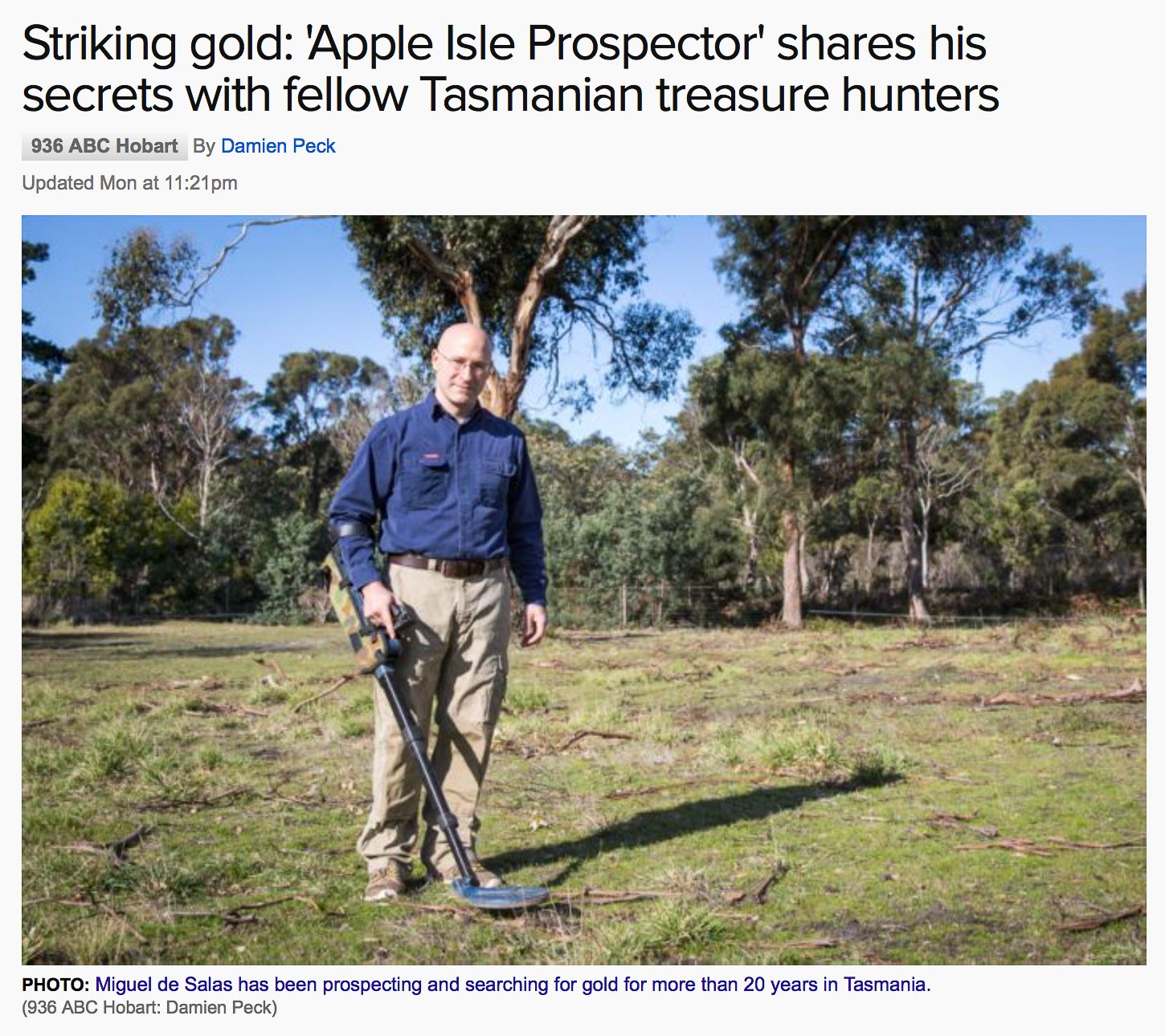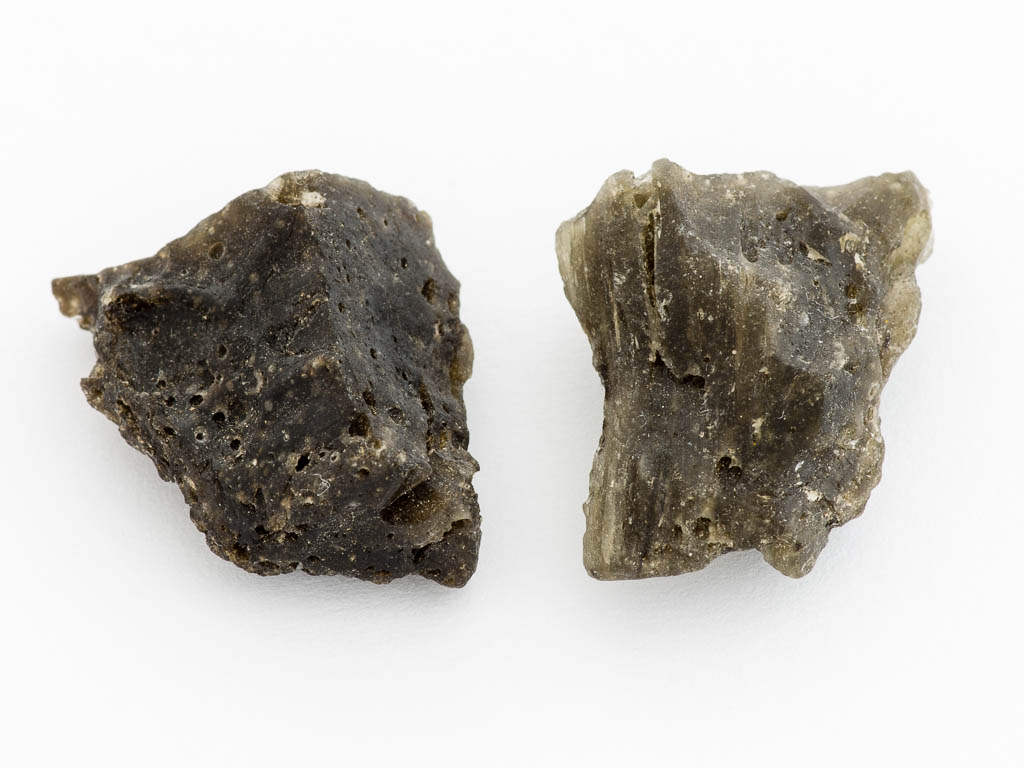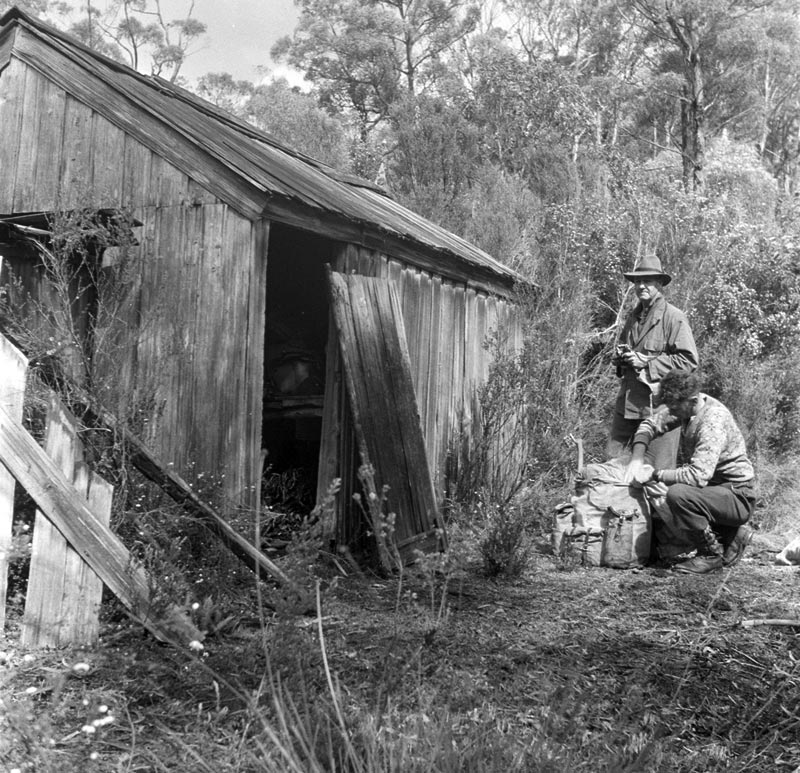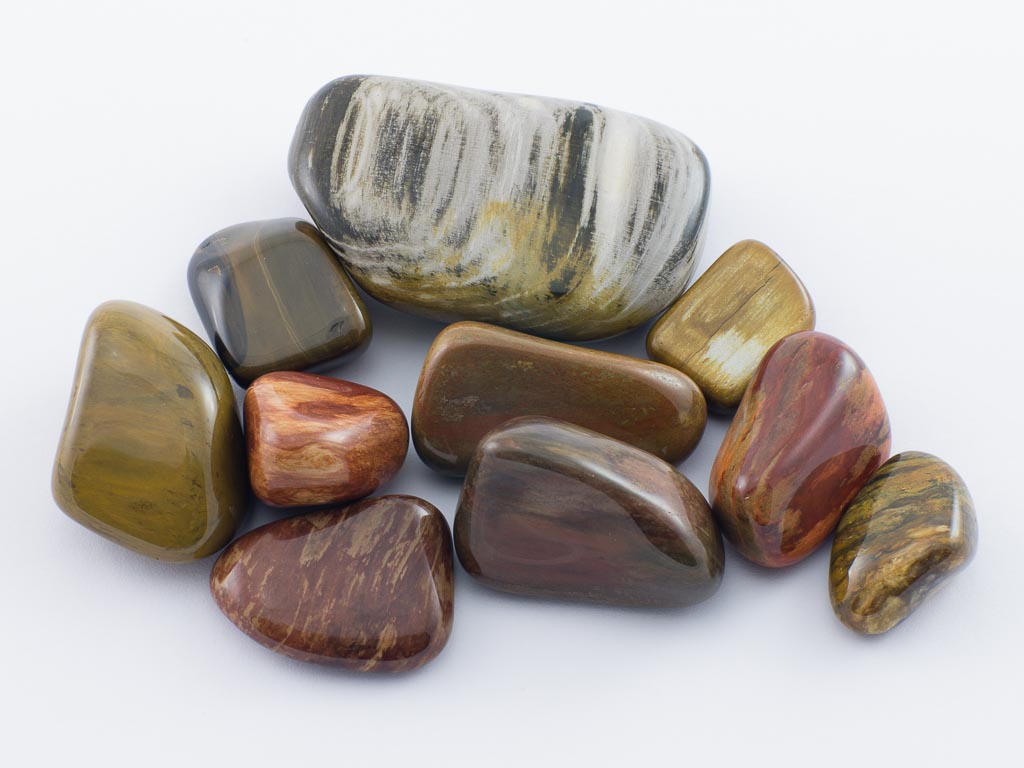Did you know that, in the first half of the 20th Century, if you owned a fountain pen, you most likely wrote using a tiny little piece of Tasmania? Fountain pen tips were made of gold, but gold and its alloys are too soft to write with: the tip or nib wears too quickly and would be too expensive to replace. Osmiridium was the answer.
Continue readingThe Corinna Goldfields
Gold was known in the northwest of Tasmania since at least James (Philosopher) Smith’s discovery in the Forth Valley near the modern-day Lake Cethana dam. None of the workings were on a large scale. It wasn’t until Harry Middleton’s discovery in Corinna in 1879 that the gold rush to the Pieman kicked off. It would eventually lead to the largest gold nugget ever found in Tasmania. Much of the area is still accessible to gold fossickers today.
Continue readingApple Isle Prospector on ABC Radio!
Links to an online story and radio piece about Apple Isle Prospector on 936 ABC Hobart
Continue readingDarwin Glass in Tasmania
Darwin glass is made up of earth crust material that was ejected into the atmosphere and melted by a meteorite impact. It cooled quickly as it fell back to earth, and formed a glassy material. It is mostly green in colour, and is uniquely Tasmanian.
Continue readingThe Jane River Goldfield
The Jane River goldfield, which came to prominence at the time of the 1930s depression, was Tasmania’s last gold rush.
Continue readingPetrified wood in Tasmania
Petrified wood is a common material in Tertiary-age gravel beds and ancient river channels in Tasmania. It’s particularly common in areas with Tertiary basalt flows. Petrified wood is a good lapidary material and can take a great polish.
Continue reading
